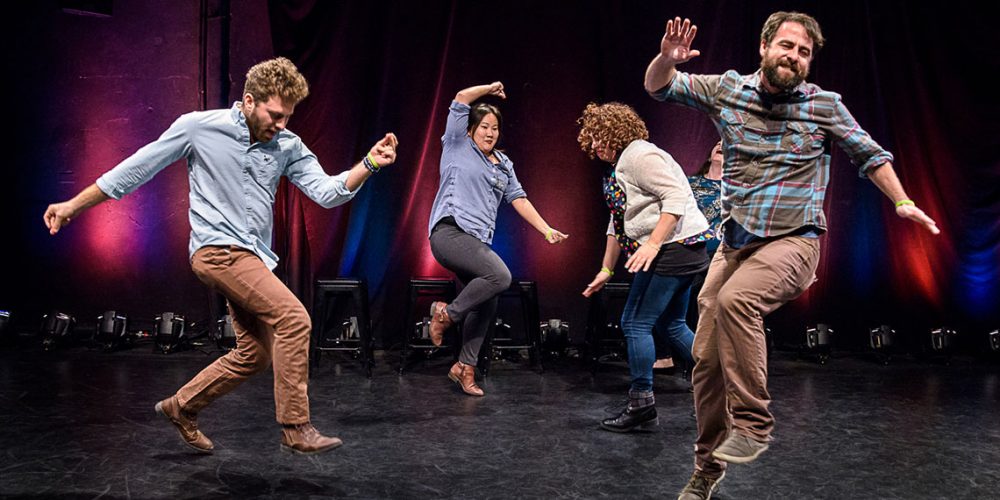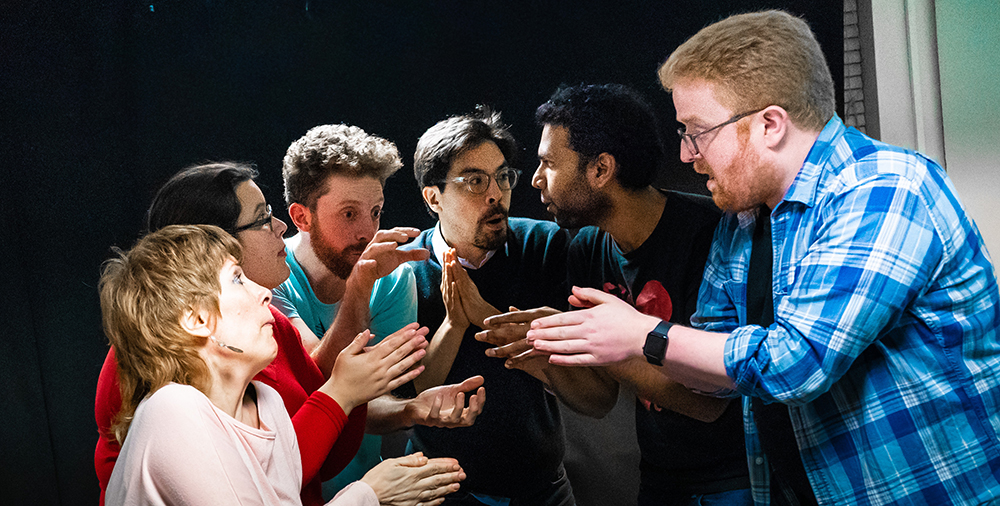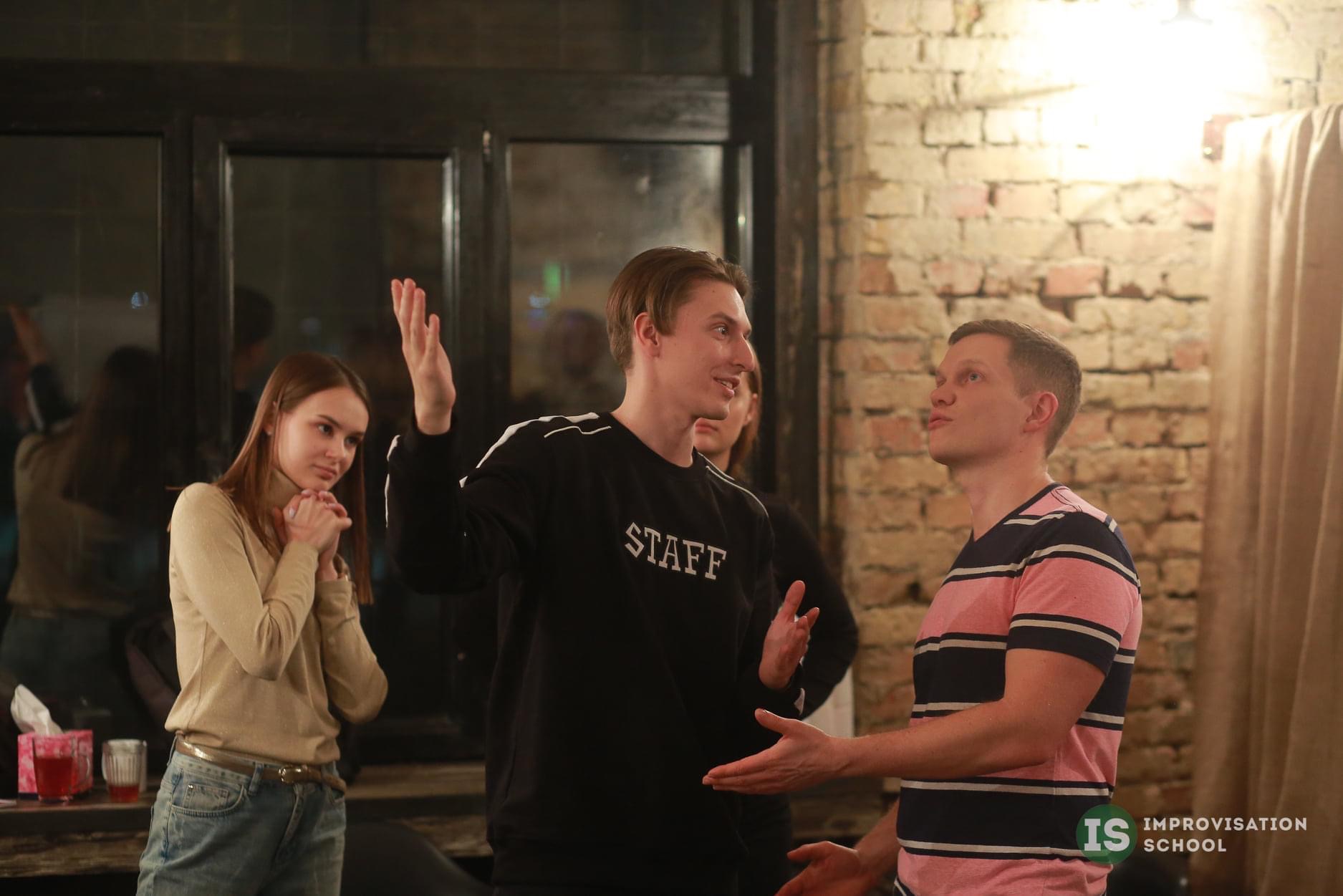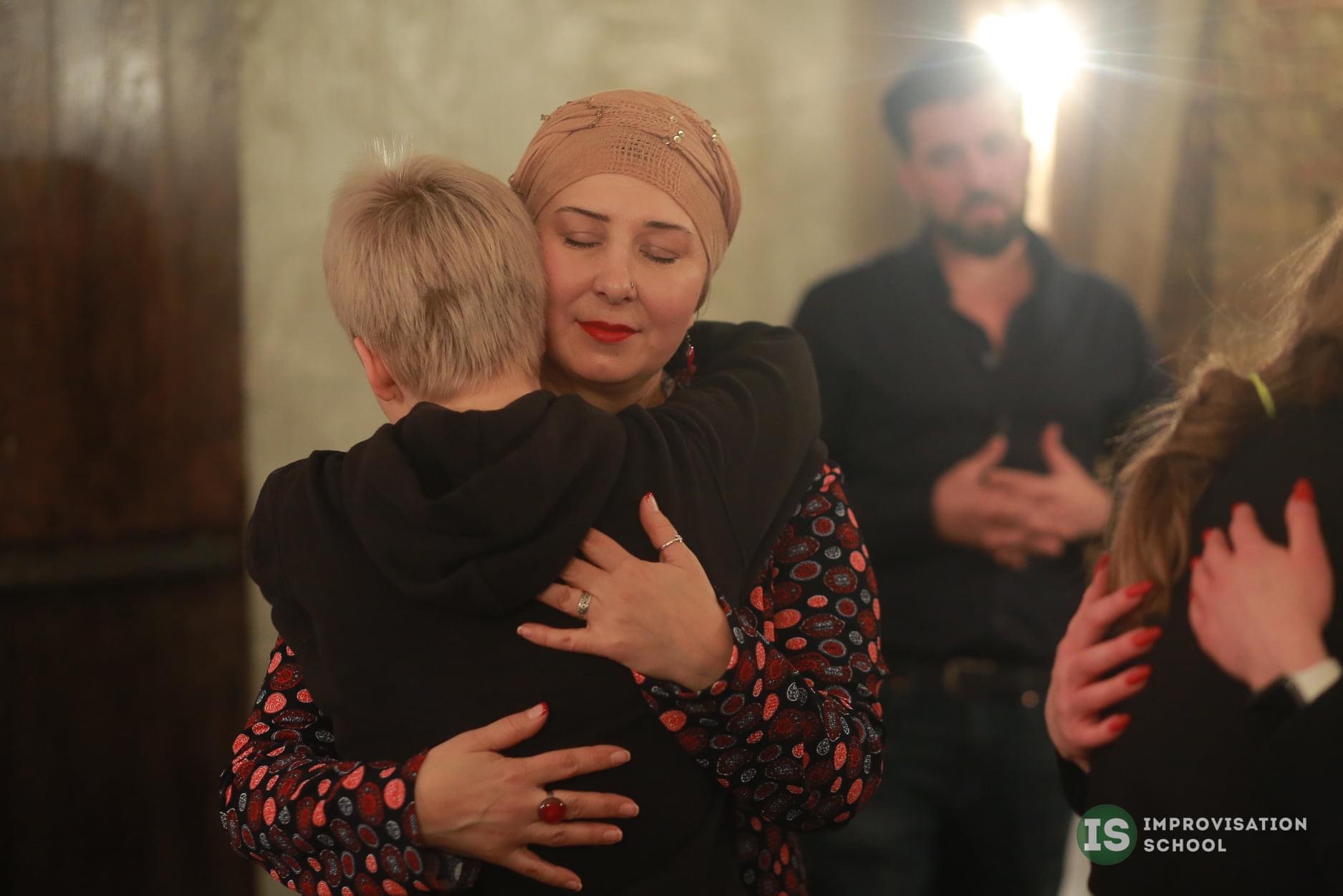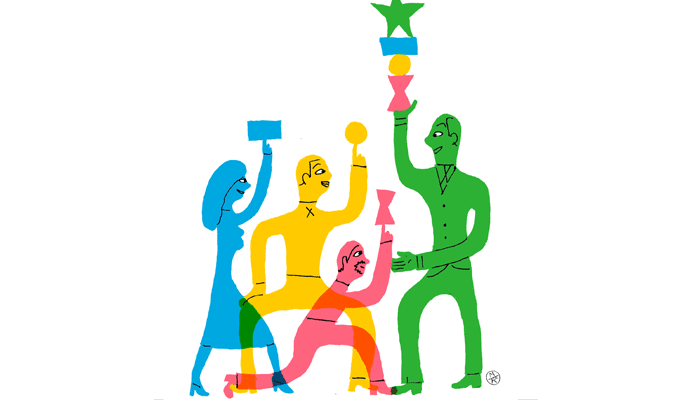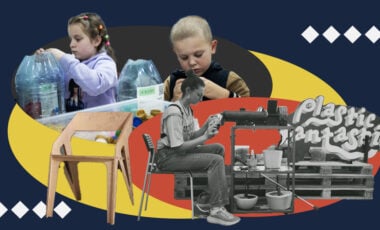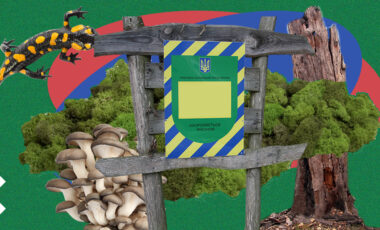Always say yes? Why do you need to improvise in everyday life?
We explain where and how to learn improvisation and how to apply it in everyday life.

Today, October 15, the world celebrates a holiday, the Day of the Improviser. Historically, it has been associated with poets in Italy. There, those artists who, on any proposed topic, recited a poem to the accompaniment of some musical instrument, which they composed right there, without any preparation, were called improvisers.
However, the concept of improvisation has changed and expanded significantly over the centuries. It's not just the ability to put words into poems on the go, but a skill that, if developed enough, will help you navigate in any situation and with any people. For example, when you suddenly need to come up with a speech at an event, describe a project you didn't participate in, or help someone get out of an awkward situation. In all these cases, you'll have to think quickly and not get into a stressful state, which means you'll have to improvise. But how?
Rubryka analyzed what the skill of improvisation is and how it can help each of us in everyday life. At the end of the article, you'll learn what exercises you need to do to develop your improvisational skill, and you can even practice this art.
What is improvisation?
As we already understood, it's not just a comedy. The famous Stanford University acting teacher Patricia Madson in her book "Improv Wisdom. Don't Prepare, Just Show Up" writes that improvisation has nothing to do with a sense of humor, although many comedy TV shows are tied to this. Nevertheless, the method of improvisation is used not only for creating funny sketches and episodes. This is a time-tested method for working out dramatic scenes and characters' personalities, creating music, and staging a dance.
In everyday life, improvisation can be successfully applied, literally at every step. Yurii Kliatskin, a teacher from the Kliatskin School of Improvisation, teaches improvisation lessons; people further apply the knowledge gained from them in everyday life. He believes that it is the ability to improvise that is the key to effective life management, control over emotions, fear, and doubts. Yurii is sure that being able to improvise, one can easily let go of the old, accept any changes and feel like a happy person. This is because improvisation, in his opinion, is a constant choice:
"We always improvise, because we don't live according to the script," says the teacher. "When we abandon non-working models, creating new ones, we improvise. When we act, not think, we improvise"
Improvisation (as opposed to, say, drawing or writing) teaches you how to build harmonious relationships with others and have fun. We improvise not only to express ourselves but also to learn how to easily connect with others.
Improvisation helps us see what surrounds us, and always be in a good mood. This is an alternative to a lifestyle where people try to tightly control everything that happens to them. To do this, you just need to say "yes," stop arguing and try to help people. Improvisation is the ability to do everything that we do but in a different way.
And also, by developing improvisation, you develop intuition and intelligence. You force neurons to fold into new connections and get rid of fears, blocks, and internal suppression.
What is taught in improvisation classes?
Certain rules dictate what to do and what to look for in the improvisation process. The acquisition of the skill of improvisation involves not only performing the exercises, which we'll talk about later, but also a certain transformation of oneself as a person.
Yurii Kliatskin believes that improvisation is, first, about self-trust. He firmly believes that the ability to improvise primarily depends on how quickly you can move from thought to action, and how confident you are that this particular action will be correct. The mechanism works like this: in a situation where you're required to make quick decisions, there won't always be time to consciously think; then you need to rely on your intuition and do as it tells you. Self-confidence plays an important role here: if it is present, you trust your intuitive thinking, improvise and do the right thing. Therefore, improvisation lessons aren't just dramatized sketches and rules on a list. These are both spiritual practices and meditations, which teach you to build contact with yourself and others, trust your own body and the world around you. Learning to improvise means personal growth and happiness.
As for the exercises themselves, according to the improvisation teacher, each of them is aimed at working out a separate skill. Most often, to get rid of feelings of fear and guilt:
"Improvisation is freedom of choice that cannot coexist with guilt or fear. Therefore, we must get rid of these feelings in the classroom," says Kliatskin. Moreover, according to the teacher, it can be done in different ways. He told us that a friend of his from the "improvisation scene" in Rouen told how every Tuesday the members of their troupe have to come up with a new improvisation exercise.
What exercises develop improvisation?
Most improvisation exercises contain a comedic element. Of course, it's not at all necessary, but the improvisation teacher explained to us that it was precisely such improvisation that gives an element of the game, which means that a person learns better.
The essence of any exercise is to form a situation and a certain rule to be followed. In his classes, a professional improviser invites students to act out a scene in the market, and the participants can only communicate with questions. Or every word they say begins with the same letter. There are many more different exercises:
- turn on the film without sound and invent dialogues for the characters and say them aloud
- tell everyone a well-known story (for example, it may be a well-known fairy tale), interrupting it with the words "by the way" or "suddenly" to learn to improvise on the go, supplement the plot with clarifying details and thereby develop thought and feed the listeners' imagination
- talk for an hour on the same topic without being distracted by other subjects. If these are fish, remember everything you know about fish, without shifting the topic to anything else.
- think over transitions between several topics according to the principle of the "last word" (we cling to the last word of the paragraph and from it, we develop the thought in the other direction).
It is certainly better to learn improvisation in practice, but if you like to discuss theory first, read the book "Improv Wisdom. Don't Prepare, Just Show Up" by Patricia Madson. After all, you can find great examples in films with characters who perfectly know how to navigate unfamiliar situations and get out of any troubles, acting intuitively. These can be films Hustle, Catch Me If You Can, Lie to Me, or the series White Collar, Suits, The Mentalist, The Vikings.
How can this knowledge be applied in practice?
Besides the fact that improvisation exercises can develop your thinking, and just be another way to have fun with friends or family, you can use improvisation in practical situations; we promised to talk about this at the beginning of the article.
The major exercise, which is the principle of improvisation at the same time, is the "Yes, and…." Method. Be sure: if you keep it in your head all the time, it will be much easier to cope with any life situation. The "Yes, and…" principle is based on acceptance. When someone in the scene (or in life) says something, accept it as the truth: "Yes." Part of this principle, "and," means building on the reality that has been established. This simple principle gives you freedom of choice, the ability not to look back, and most importantly, gives you the understanding that you need to act here and now, in a situation that has already taken shape.
For example, you need to prepare a speech, present yourself, or do a company project. If you have a problem with public speaking, or just don't know where to start, try an exercise that Mary of Improve Studios suggests: Try setting a timer and putting your story in 3 minutes. Speak out loud, with expression, as you would in front of an audience. Then repeat the same thing, but this time try to keep it within a minute and a half. Did you succeed? Now cut the time in half again, down to 45 seconds. Repeat this over and over until you get to 3 seconds. An ordinary person without superpowers and super-fast speech will fit only 2 words in 3 seconds, and try to describe yourself or your project with them. You should end up with something like Talented Aircraft Designer, or maybe something incomprehensible, like Jelly Coffee. This exercise will help you isolate and structure the information.
And also, the plus of any improvisation is that you become more confident. Try to do something contrary to the existing plan, trusting the flow of circumstances and intuition, and you will see how cool life can be if you invent it here and now.


